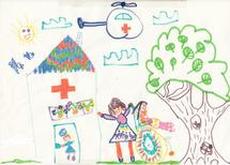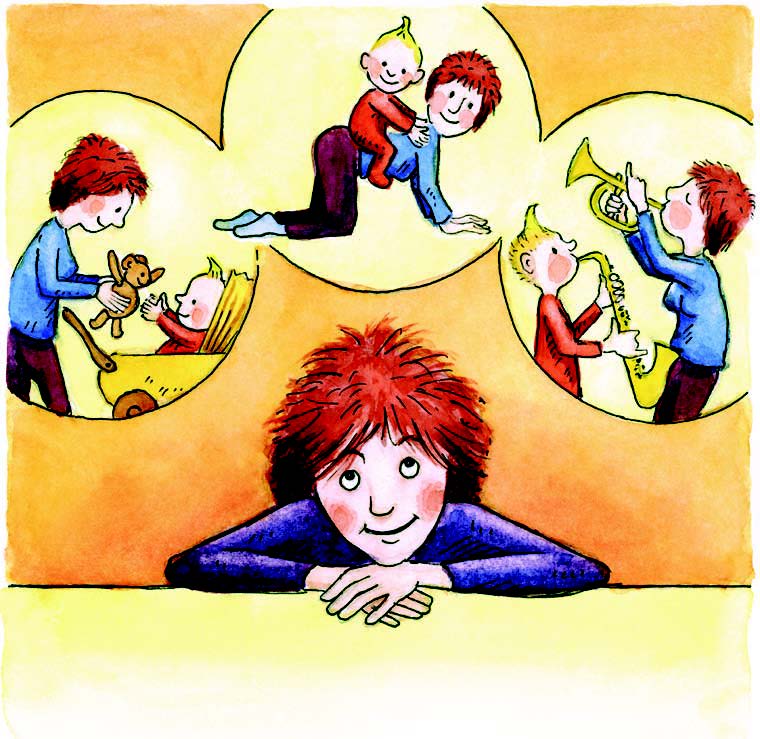Methods of treatment
This chapter provides information about the most important treatment methods for children and adolescents with cancer, such as surgery, radiotherapy, chemotherapy, high-dose chemotherapy followed by stem cell transplantation, and supportive care regimens to manage side effects of the disease or cancer therapy (supportive therapy).
Author: Maria Yiallouros, Gesche Tallen, MD, PhD, Editor: Maria Yiallouros, Reviewer: Prof. Dr. med. Dr. h.c. Günter Henze, English Translation: Dr. med. habil. Gesche Tallen, Last modification: 2022/04/03 https://kinderkrebsinfo.de/doi/e2054
Treatment of children and adolescents with cancer is based on three big columns:
- Surgery
- Radiotherapy
- Chemotherapy
Which of the three methods are actually applied individually, either as a single or a combined treatment, depends on the type of cancer, its degree of malignancy and extent, but also on the patient’s age and many more factors.
For treating cancers that affect the whole body, such as leukaemias and Non-Hodgkin lymphomas, chemotherapy is the gold standard of treatment, because – as a systemic form of treatment – it is capable to fight cancer cells anywhere in the body. The use of local treatments such as surgery would not make any sense in those patients. For certain solid tumours, however, surgery (for partial or complete tumour removal) and/or local radiotherapy are the more favorable initial treatments.
In general, cancer treatment in children and adolescents is always being referred to as a so-called multimodal therapy.
This means that the currently available treatment options are combined as an optimal treatment concept for the individual patient. The aim of this approach is to achieve highest possible treatment efficacy while keeping the risk of side effects as low as possible.
Aside from the three major treatment methods mentioned above, other approaches may be used as well. For example, some patients only have a chance of cure when receiving high-dose chemotherapy followed by stem cell transplant. In addition, every cancer treatment requires certain supportive care regimens, which serve to prevent or reduce side effects of the cancer therapy. Additional treatment forms are used in individual patients or for certain malignancies only. Information on those can be found in the chapters referring to the different cancers.
References 
- Niemeyer C, Eggert A (Hrsg): Pädiatrische Hämatologie und Onkologie. Springer-Verlag GmbH Deutschland 2. vollständig überarbeitete Auflage 2018 [ISBN: 978-3-662-43685-1]
- Pizzo PA, Poplack DG (eds): Principles and Practise of Pediatric Oncology. Lippincott Williams & Wilkins Fifth edition 2006 [ISBN: 9780781754927]
- Gadner H, Gaedicke G, Niemeyer CH, Ritter J (Hrsg): Pädiatrische Hämatologie und Onkologie. Springer-Verlag 2006 [URI: http://www.springer.com/ medicine/ pediatrics/ book/ 978-3-540-03702-6]
- Gutjahr P: Krebs bei Kindern und Jugendlichen. Deutscher Ärzte-Verlag Köln 5. Aufl. 2004 [ISBN: 3769104285]


